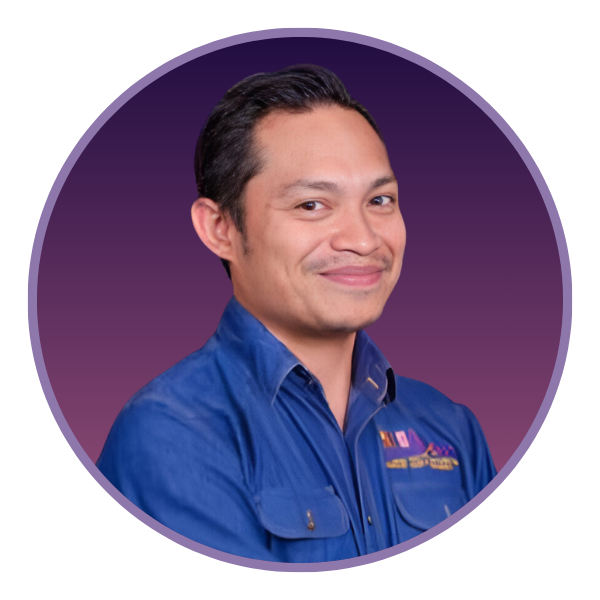Impactful Research : Rubber That Heals Itself

Assoc. Prof. Dr. Raa Khimi Shuib
School of Materials & Mineral Reseurces Engineering, Universiti Sains Malaysia
Email: raakhimi@usm.my
Phone No: (+6)04-599 6122
Innovative Research Advances
The natural healing chemistry within rubber trees has inspired the development of self- healing rubber that could prevent catastrophic failures of rubber components.

Rubber that will naturally repair itself after damage has been developed by researchers at the School of Materials and Mineral Resources Engineering at the Universiti Sains Malaysia.
In addition to its most obvious everyday uses, such as in vehicle tyres, rubber also serves in a vast range of engineering and domestic applications and failure can have damaging or even catastrophic consequences. Components such as bearings, gaskets, hoses and cables, for example, can play a critical role in everything from vehicles, aircraft and spacecraft, to industrial machinery and domestic appliances.
Normally, any critical rubber parts need to be regularly inspected by human eye or automatic monitoring equipment to identify degradation and damage and arrange replacement or repair before failure might occur.
"Our new self-healing rubber contributes to worldwide efforts to avoid these difficulties," says Dr Raa Khimi, of the USM team. He points out that the problems with conventional rubber lead to vast quantities of it being scrapped every year. Much of this waste cannot be readily recycled due to the strong chemically cross- linked networks in vulcanized rubber.
"We need more sustainable rubber products for environmental, economic, reliability and safety reasons," Dr Raa Khimi adds, "and self-healing rubber is one of the most appealing approaches."
The USM team took inspiration from the natural processes in rubber trees to develop their new self-healing rubber. Natural rubber tree contains small bodies called lutiods that burst open when the tree is damaged. The lutiods release a repair protein called hevein, which is stimulated by calcium ions to form molecular crosslinks that seal the wound and prevent more latex from escaping. In a related way, the USM system uses zinc ions to form reversible ionic molecular networks based on sulfur- containing chemicals called thiolate ions. The healing can occur at normal room temperature with no external intervention required.
Tests that modelled the damage sustained during normal use revealed that incorporating the healing chemistry could allow 100% immediate recovery of the original mechanical properties of rubber. The chemistry that performs the healing is reversible and repeatable, in a way that allows continuing mechanical damage to be repaired as it occurs. Moreover, the self- healing process increases the overall lifespan of the rubber by 60 percent.
The research was published in the journal Polymer Testing and the team are now working to further characterise and refine the performance of their innovative material.
"We believe that our novel approach could be widely applied and may greatly increase interest in the use of rubber products in automotive, aerospace, engineering and electronics applications," Dr Raa Khimi concludes.



